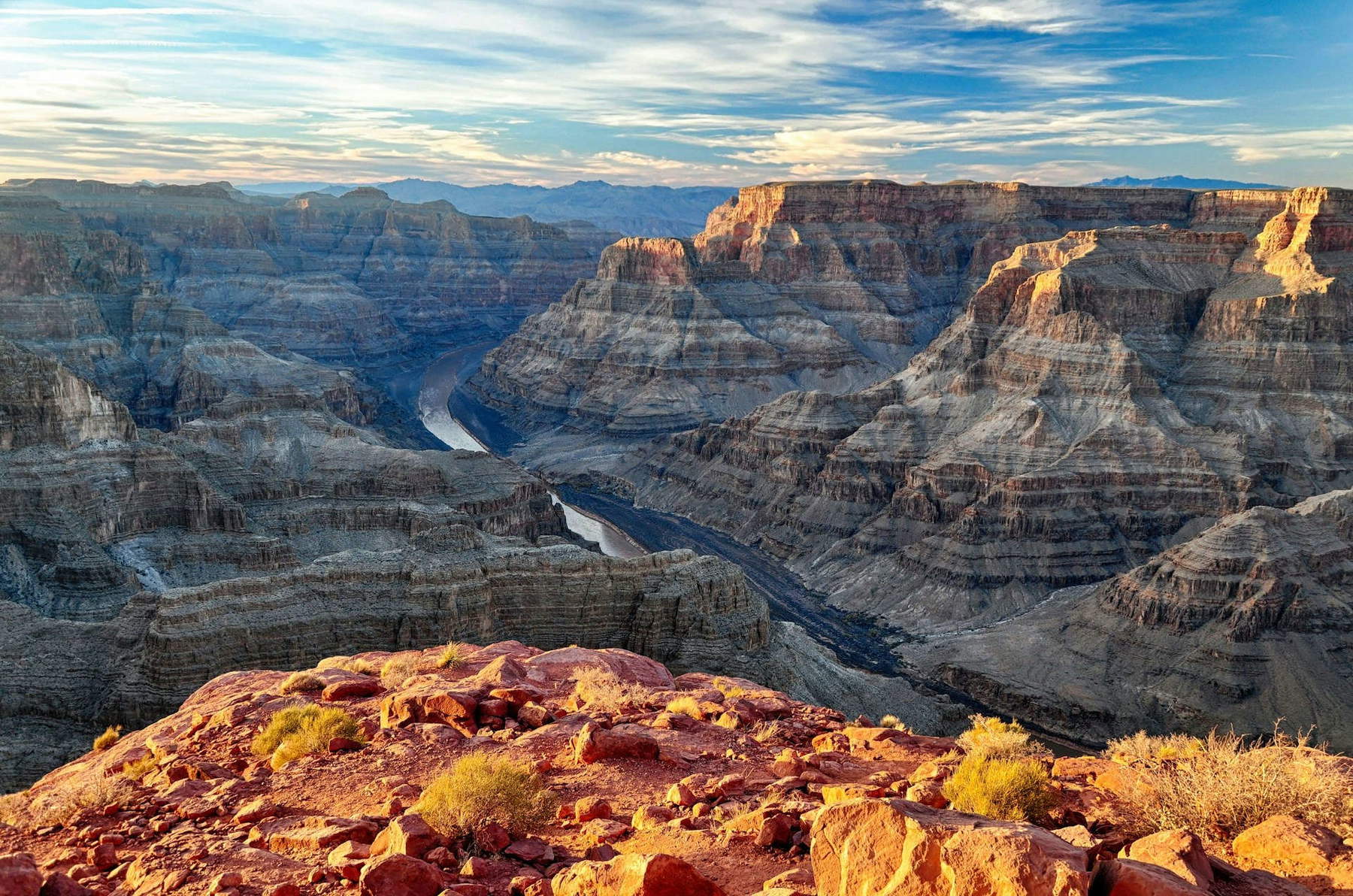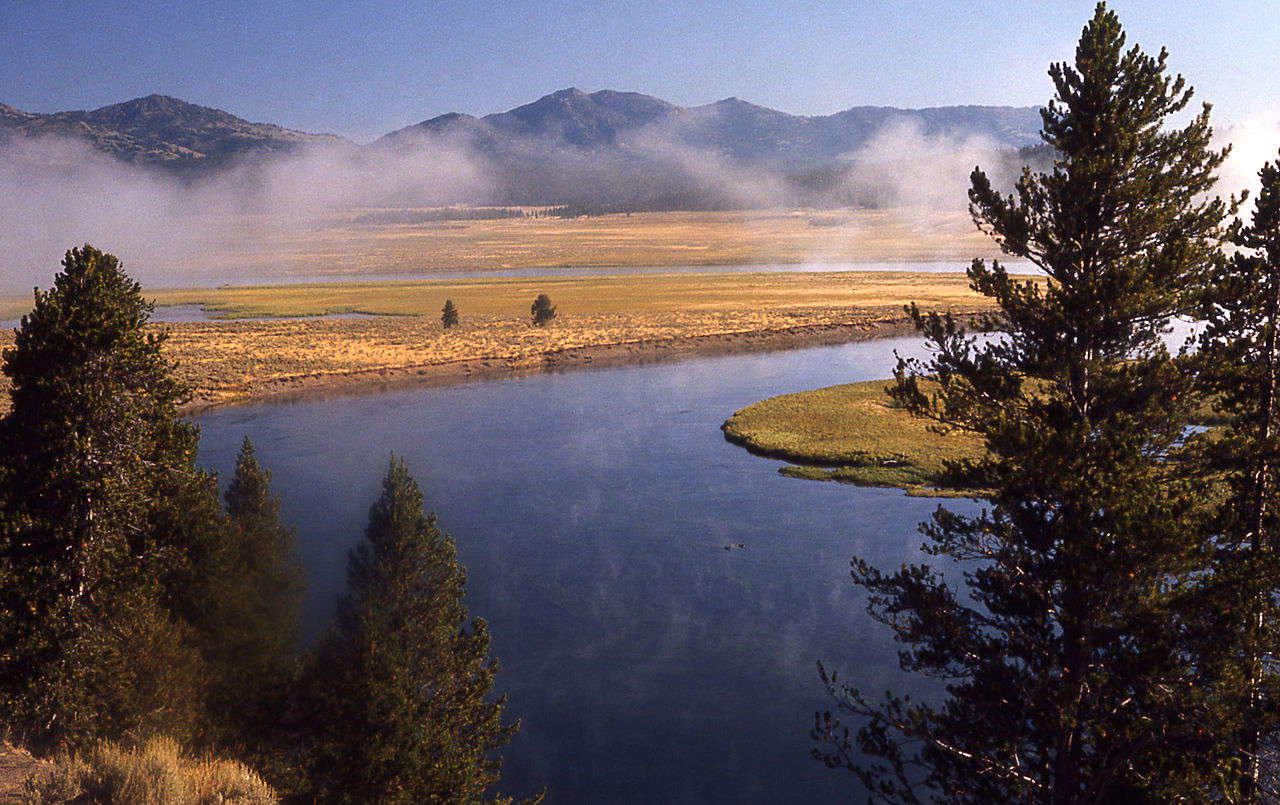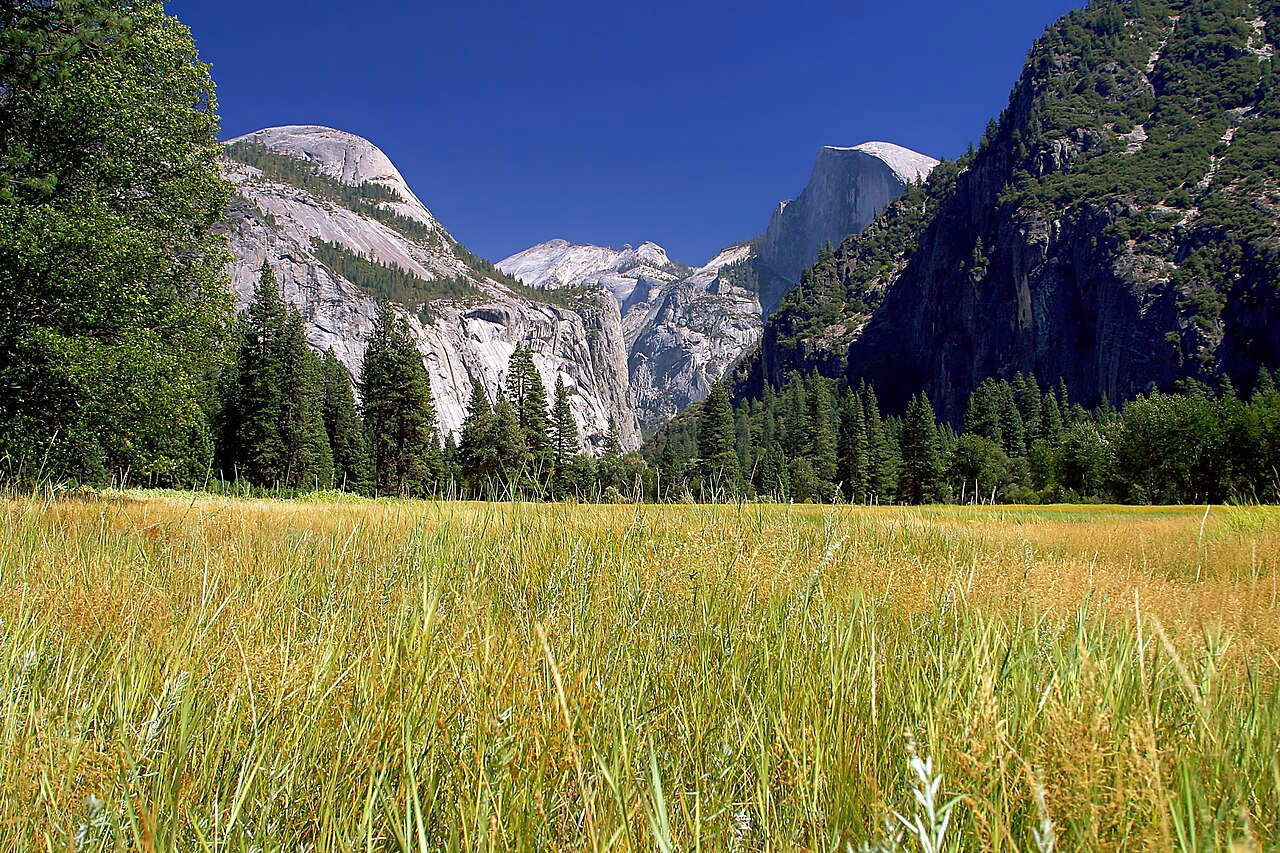Visiting U.S. national parks will cost more in the future if you’re not an American: that’s the effect of an executive order signed last July 3 by U.S. President Donald Trump, who decided to raise entrance fees to places like Yellowstone, Yosemite and Grand Canyon for any foreign tourist, of any nationality. The White House ’s stated goal is to “improve services, access and convenience for Americans.”
The executive order just signed by Trump directs the Secretary of the Interior to increase access fees to national parks for foreign visitors only, “while at the same time,” reads the statement released by the White House, “making national parks more accessible and enjoyable for American families. The order increases access to national parks for American families by requiring the National Park Service to grant U.S. residents priority access in all permit or reservation systems.”
Trump’s motto, again, is “Make Our National Parks Great Again”: the increased revenue, according to the White House, will generate “hundreds of millions of dollars” that will be used for conservation projects that will improve the national parks. “Charging higher entrance fees to foreign tourists,” the White House further explains, “is a common policy in national parks around the world, aimed at supporting both conservation and affordable access for residents. Raising entrance fees in national parks for foreign visitors will stimulate investment in our national parks, reduce maintenance backlogs, make essential infrastructure improvements, and support conservation projects that enhance our majestic national parks.”

According to the U.S. presidency, the rationale for the measure also lies in ensuring fairness, since, the statement goes on to say, “American citizens fund national parks and public lands with their taxes, yet they currently pay the same rate as foreign visitors who do not pay taxes, meaning that American citizens pay more to visit their national treasures than foreign visitors. President Trump is ending this unfair situation and putting Americans first.”
At this time, it is not yet clear by how much fees will increase for those without U.S. passports. The United States boasts an extensive park system, managed by the National Park System that includes a total of 433 parks, 63 of which are recognized as national parks. Current tickets vary from park to park, many are free areas, but generally the individual visitor pays, depending on the park, between $10 and $30. The most popular ones, such as Grand Canyon, Yellowstone, Yosemite, Sequoia, and Glacier are also the most expensive: in all these parks, a full $20 ticket is currently charged. Those who want to enter with their own vehicle must also pay a $35 fee. Current passes and discounts are also available.


The model the Trump administration looks to is probably African parks, where indeed prices for residents and foreign tourists vary widely: in Serengeti Park (Tanzania), for example, the ticket for Tanzanian citizens or those belonging to the East African Community costs 10,000 Tanzanian shillings (about 3 euros), while the ticket for foreigners is $83. In Kenya, the Masai Mara National Reserve costs 1,000 Kenyan shillings for Kenyan citizens (about 6.50 euros), 1,200 shillings for East African Community citizens (just under 8 euros), between $70 and $80 for everyone else. It is not only in Africa, however, that this policy applies: in Nepal, for example, at Chitwan National Park you pay 150 Nepalese rupees if you are a resident (about 1 euro), 1,000 for citizens of countries belonging to the South Asian Association for Regional Cooperation (about 6 euro), while for everyone else the price is 2,000 rupees (about 12 euro). The same at Sagarmatha National Park, where fees are 100, 1,500 and 3,000 Nepalese rupees, respectively. In Europe, however, cases like these are rare. But it is not certain that the situation will not change in the future: the Louvre, for example (so we are talking about museums and not parks), has already stipulated that from 2026 non-EU visitors will have to pay 30 euros instead of the current 22.
Recently, beyond the Trump administration’s rhetoric, U.S. national parks have been hit by a major wave of layoffs decreed precisely to the current government for reasons of spending review: CNN reports that about 1,000 National Park System employees were laid off in February alone, and that promises about hiring seasonal workers tied to visitor trends (summer is in fact the time when parks are obviously most popular) have not been kept, since the Department of the Interior declared in February that it would aim to hire for the summer season 7.700 seasonal staff, but as of July 4, just over half (about 4,500) had been hired. Also declining as a result of layoffs is the number of full-time employees, which as of June totaled 12,600, 24 percent fewer than a year ago. This is what the National Parks Conservation Association, an association that protects the interests of national parks and its workers, denounces: “Parks staff,” it explains in the text of a petition asking Congress to rescind Trump’s latest directives, “work every day to preserve our country’s most treasured natural and historic places, educate visitors and ensure their safety, and preserve what makes our country special. Since the Trump administration took office, the National Park Service has lost 24 percent of its permanent staff. And a potential ’downsizing’ process for the Park Service could lead to even more drastic cuts in staffing and funding for parks across the country. At this rate, visitors will begin to be severely impacted starting in the summer. Simply put, parks would not be parks without National Park Service staff, and these people are under attack.”
 |
| Trump increases U.S. national parks tickets for foreigners |
Warning: the translation into English of the original Italian article was created using automatic tools. We undertake to review all articles, but we do not guarantee the total absence of inaccuracies in the translation due to the program. You can find the original by clicking on the ITA button. If you find any mistake,please contact us.